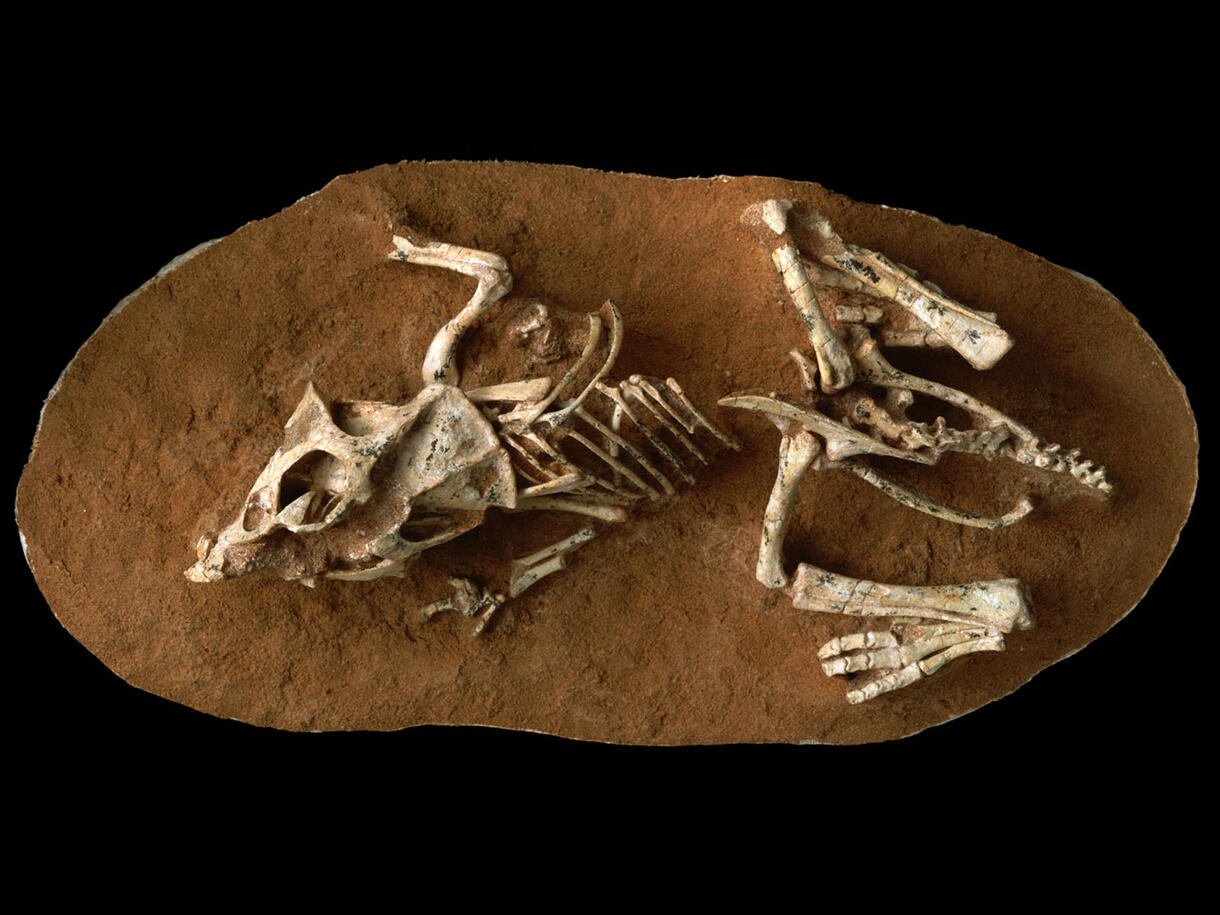Dinosaurs: Ancient Fossils, New Discoveries
May 14, 2005 — January 8, 2006

Dinosaurs: Ancient Fossils, New Discoveries and its accompanying education and public programs were made possible by Bank of America. Major funding has also been provided by the Lila Wallace-Reader’s Digest Endowment Fund.
Dinosaurs: Ancient Fossils, New Discoveries is organized by the American Museum of Natural History, New York (www.amnh.org), in collaboration with the Houston Museum of Natural Science; the California Academy of Sciences, San Francisco; The Field Museum, Chicago; and the North Carolina Museum of Natural Sciences, Raleigh.
